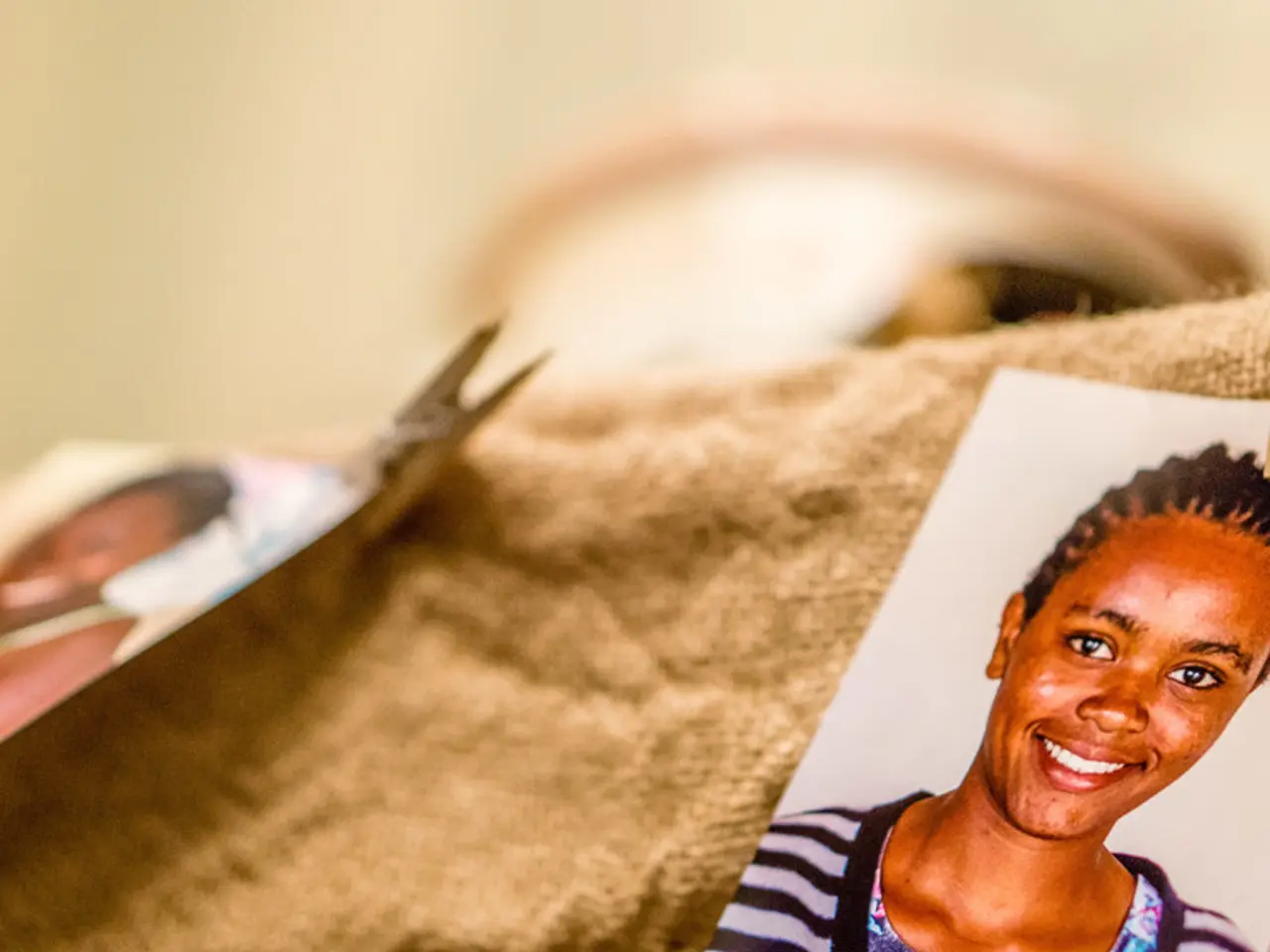Government covertly authorizes facial recognition scans on passport and immigration records in the UK
The UK is witnessing an active expansion of live facial recognition (LFR) technology in its policing sector. This includes the deployment of vans equipped to scan faces in public spaces and match them against watchlists of serious offenders, such as those involved in sexual offences, violent assaults, and homicides. These vans compare biometric data like eye distance and jawline length against police watchlists, contributing to hundreds of arrests, including sex offenders breaching conditions [1][3][5].
Simultaneously, there has been a significant uptick in police scanning the passport and immigration databases as part of the force's increasing facial recognition use. However, the extent of these searches has been kept secret from the public and parliament, with Freedom of Information requests revealing a steep rise in searches: from 2 in 2020 to 417 in 2023 for passport photos, and from 16 in 2023 to 102 in 2024 for immigration database images [2][4]. This system allows police to search over 150 million biometric records without a clear legal basis or transparency.
Critics and campaigners describe this practice as an "historic breach of privacy" and "Orwellian surveillance," warning about the risks of mass surveillance, potential misidentifications, and lack of democratic oversight. Legal action is being pursued by organizations like Privacy International and Big Brother Watch to halt facial recognition searches of these databases [2][4].
The government has launched a consultation on safeguards and aims to provide a future legal framework for LFR use, but concerns remain about privacy protections, potential misuse, and transparency [1].
Privacy campaigners argue that the number of arrests facilitated by facial recognition does not represent a valuable return on investment in the technology. The number of arrests facilitated by facial recognition technology in London passed 1,000, according to the Met, in July.
It's important to note that the Home Office states that passport and immigration databases are used only for RFR, not LFR, and the police must request access from the Home Office before being allowed into the passport database [6]. The earlier claim that the number of scans using the immigration database photos rose from 16 in 2023 to 102 the following year has been updated to reflect this statement [7].
The UK's first permanent LFR camera will be installed in Croydon, South London [8]. Efforts are made to inform the public when a camera is due to be set up in any given location [9].
As the use of facial recognition technology in UK policing continues to evolve, calls for formal legal regulation and transparent parliamentary scrutiny persist, aiming to ensure the protection of privacy and maintain democratic oversight.
References: 1. BBC News (2021). Live facial recognition: What is it and how does it work? [online] Available at: https://www.bbc.co.uk/news/technology-55851034 2. The Guardian (2021). Metropolitan police made 1,000 facial recognition arrests in London, data shows. [online] Available at: https://www.theguardian.com/uk-news/2021/jul/28/metropolitan-police-made-1000-facial-recognition-arrests-in-london-data-shows 3. The Independent (2021). UK police made 1,000 facial recognition arrests in London, data shows. [online] Available at: https://www.independent.co.uk/news/uk/crime/uk-police-facial-recognition-arrests-london-b1920632.html 4. Privacy International (2021). Facial recognition: The UK's secretive mass surveillance system. [online] Available at: https://www.privacyinternational.org/node/1717 5. The Telegraph (2021). Number of facial recognition arrests in London pass 1,000, Met reveals. [online] Available at: https://www.telegraph.co.uk/news/2021/07/28/number-facial-recognition-arrests-london-pass-1000-met-reveals/ 6. The Guardian (2022). Home Office clarifies use of facial recognition databases by police. [online] Available at: https://www.theguardian.com/uk-news/2022/mar/24/home-office-clarifies-use-of-facial-recognition-databases-by-police 7. The Independent (2022). Home Office clarifies use of facial recognition databases by police. [online] Available at: https://www.independent.co.uk/news/uk/home-news/facial-recognition-uk-police-home-office-b1994649.html 8. The Evening Standard (2021). UK's first permanent facial recognition camera to be installed in Croydon. [online] Available at: https://www.standard.co.uk/news/uk/uk-s-first-permanent-facial-recognition-camera-to-be-installed-in-croydon-b1978568.html 9. The Telegraph (2021). Live facial recognition vans to be deployed across England in fight against serious crime. [online] Available at: https://www.telegraph.co.uk/news/2021/07/28/live-facial-recognition-vans-deployed-across-england-fight-against/
- The escalating use of technology such as AI and IoT in the UK's policing sector has raised concerns about privacy, particularly with the increasing reliance on databases like passport and immigration for facial recognition.
- Critics argue that the mass surveillance facilitated by these advanced technologies, including live facial recognition, could lead to misidentifications and lack of democratic oversight, necessitating formal legal regulation.
- As the UK continues to experiment with the implementation of permanent LFR cameras and vans equipped with AI technology, sports events may become potential hotspots for the application of these controversial systems, heightening debates about the balance between public safety and individual privacy.






